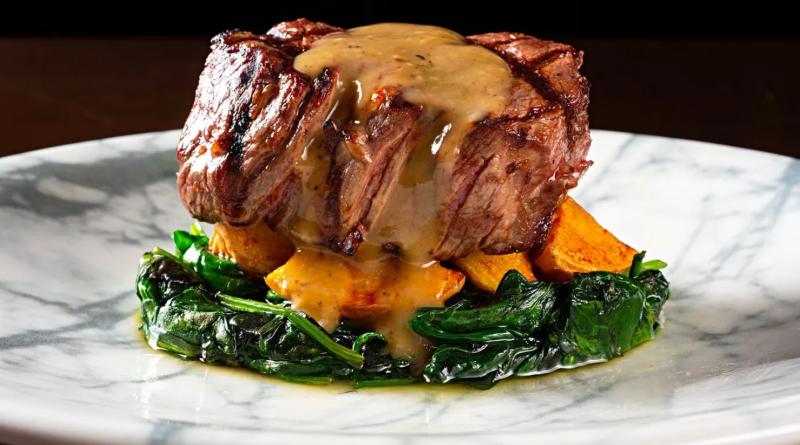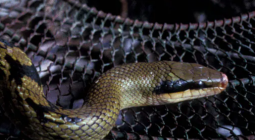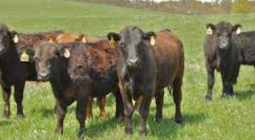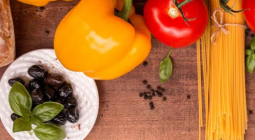Many fruits and vegetables used to be much scarcer than they are today. Certain fruits such as strawberries and raspberries used to only be available in the summer, but now we can buy them all year round. "That changes the perception of luxury," says Peter Alexander, a senior researcher in global agriculture and food security at the University of Edinburgh.
Our obsession with sourcing scarce, luxury foods comes at a high price for the planet. As a particular species of fish or seafood becomes more scarce, the price goes up. The increased value gives people an incentive to fish even harder and catch the remaining ones, which can lead to an extinction spiral, says Wilk.
When and where we eat certain foods also determines how much we value them. "Eating context is really important for creating desire," says Esther Papies, a professor of social psychology at the University of Glasgow, noting that luxury foods are often associated with special occasions, such as eating in restaurants or holidays.
Studies show that being in an environment associated with expensive food can increase the attractiveness of food or drink typically consumed there and people's willingness to pay more. A recent study found that people's desire for sushi increased if they ate it in a sushi restaurant, rather than on the beach.
Positive, warm memories of sharing a meal with others also increases how much people value certain foods, says Papies. Often luxury foods are shared with friends and family, for example at Christmas.
During Covid-19 lockdowns, experiencing food with other people became a luxury in itself, notes Russell. "People were craving to cook together and eat in a social way," she says. "In a world where resources are short and food availability is precarious, the experience of eating food together could become a luxury."
The next luxury foods
While historically certain foods such as coffee, chocolate and spices were luxury items, today these foods are supermarket staples in many developed countries. However, rising temperatures and unreliable rainfall could turn this around again over the next few decades.
At the height of Mayan civilisation, cacao beans were a valued currency, used to pay workers and traded in exchange for goods in the marketplace. Spanish merchants brought cocoa to Europe, where it became a popular indulgence in royal courts. In 1828, Dutch chemist Coenraad Johannes van Houten invented a process to treat cacao beans with alkaline salts and produce powdered chocolate that could be mixed with water. This process transformed chocolate into an affordable product that could be mass produced.
Coffee was once a little-known delicacy used for religious rituals in Ethiopia, before Western traders took the aromatic drink back to their home countries in the 17th Century and served it in coffee houses, popular among shippers, brokers and artists. After the Dutch secured seedlings, coffee cultivation quickly expanded worldwide and became a popular, everyday drink.







